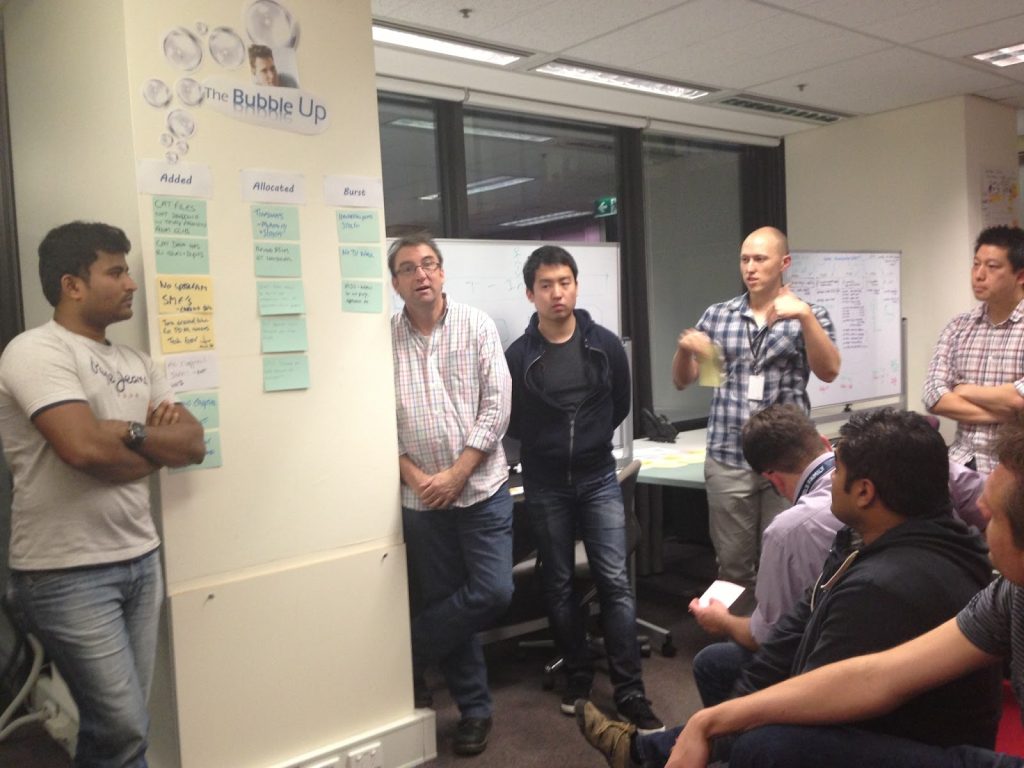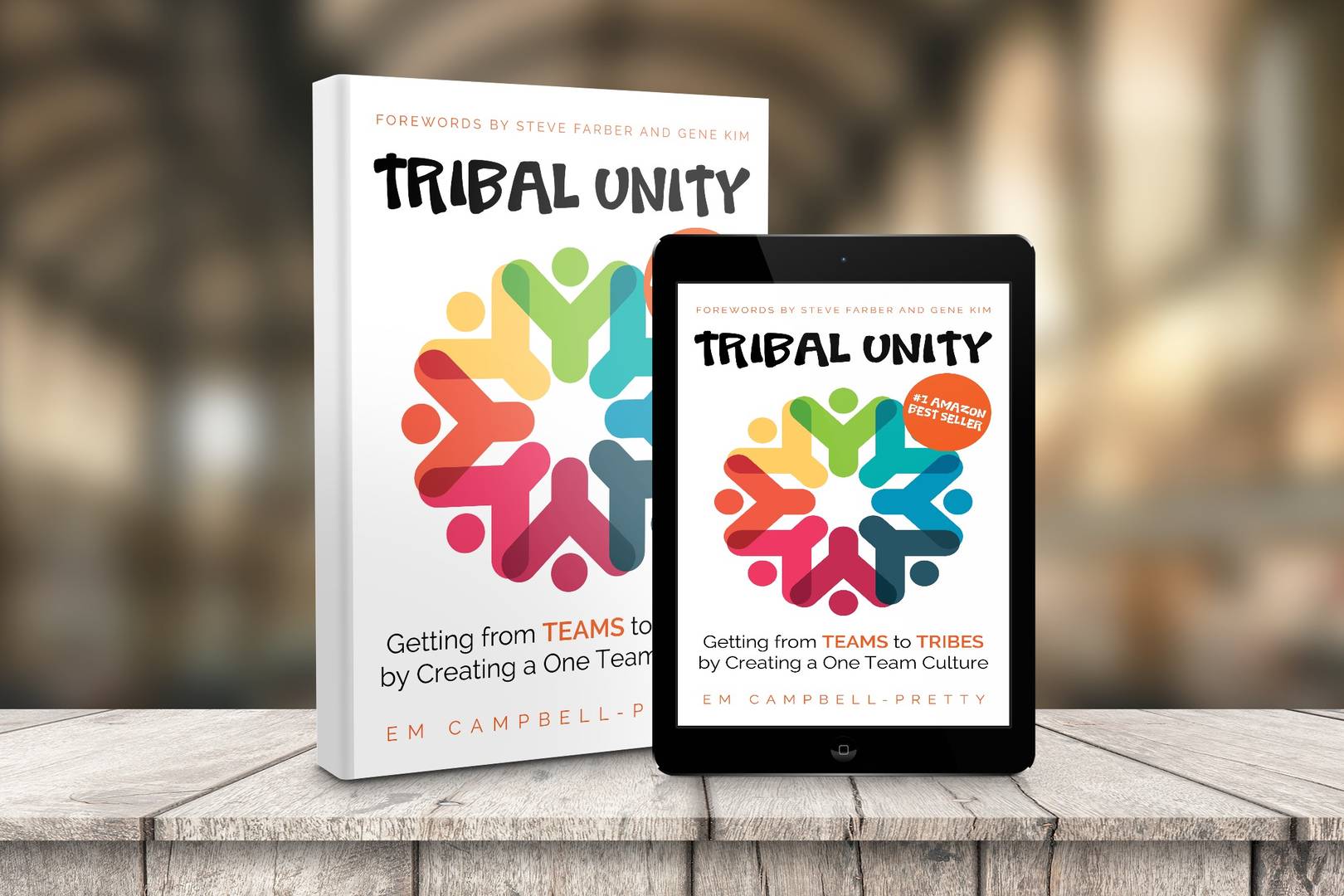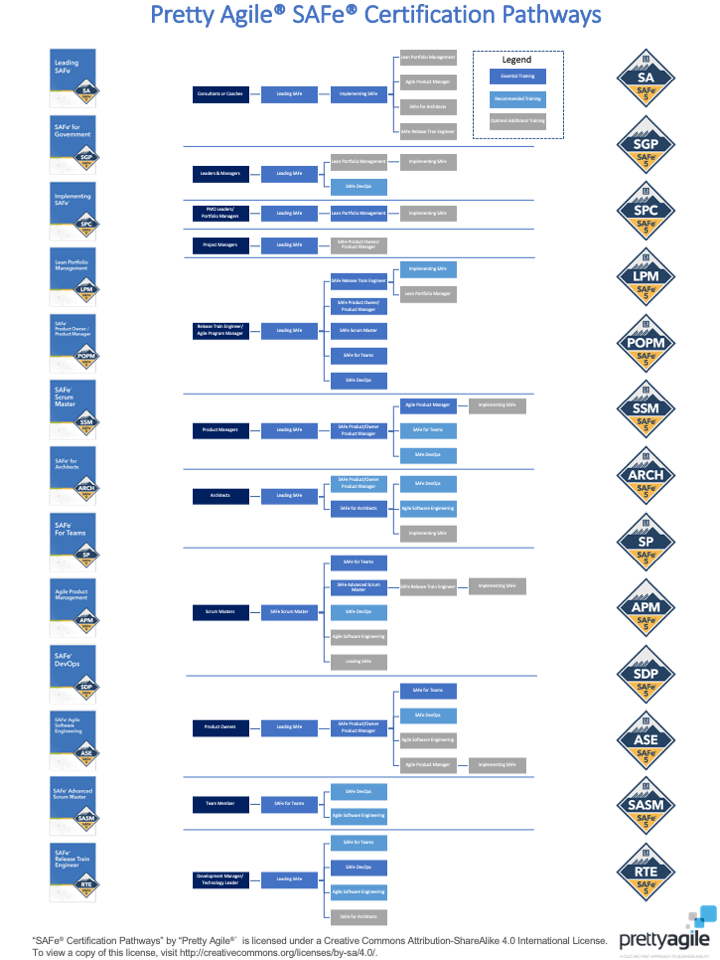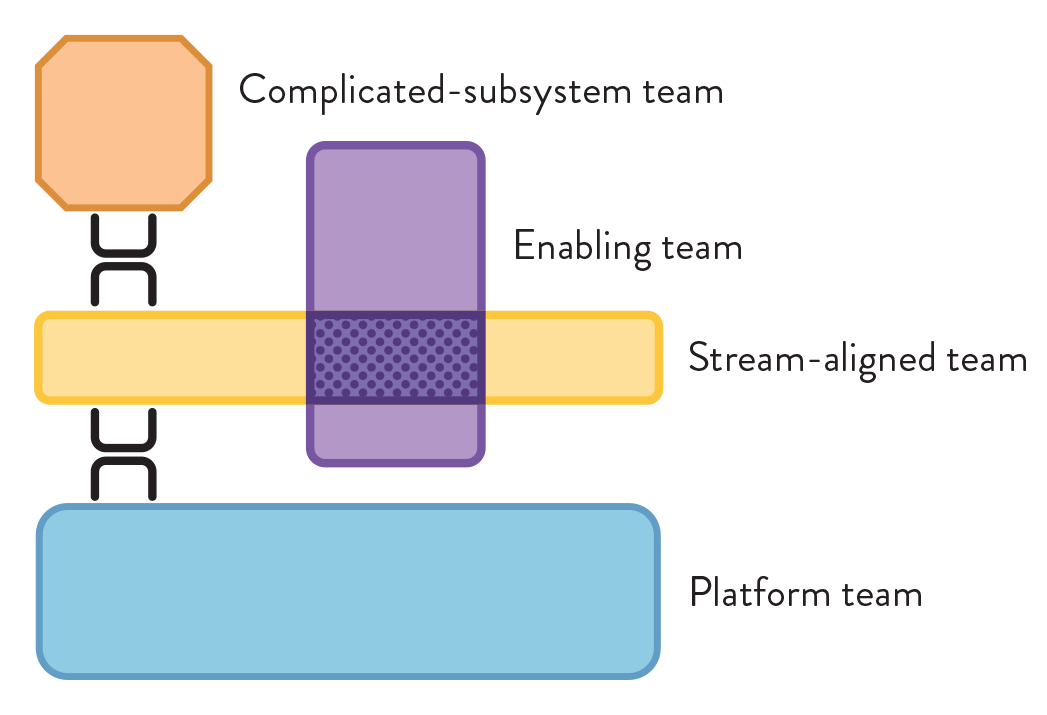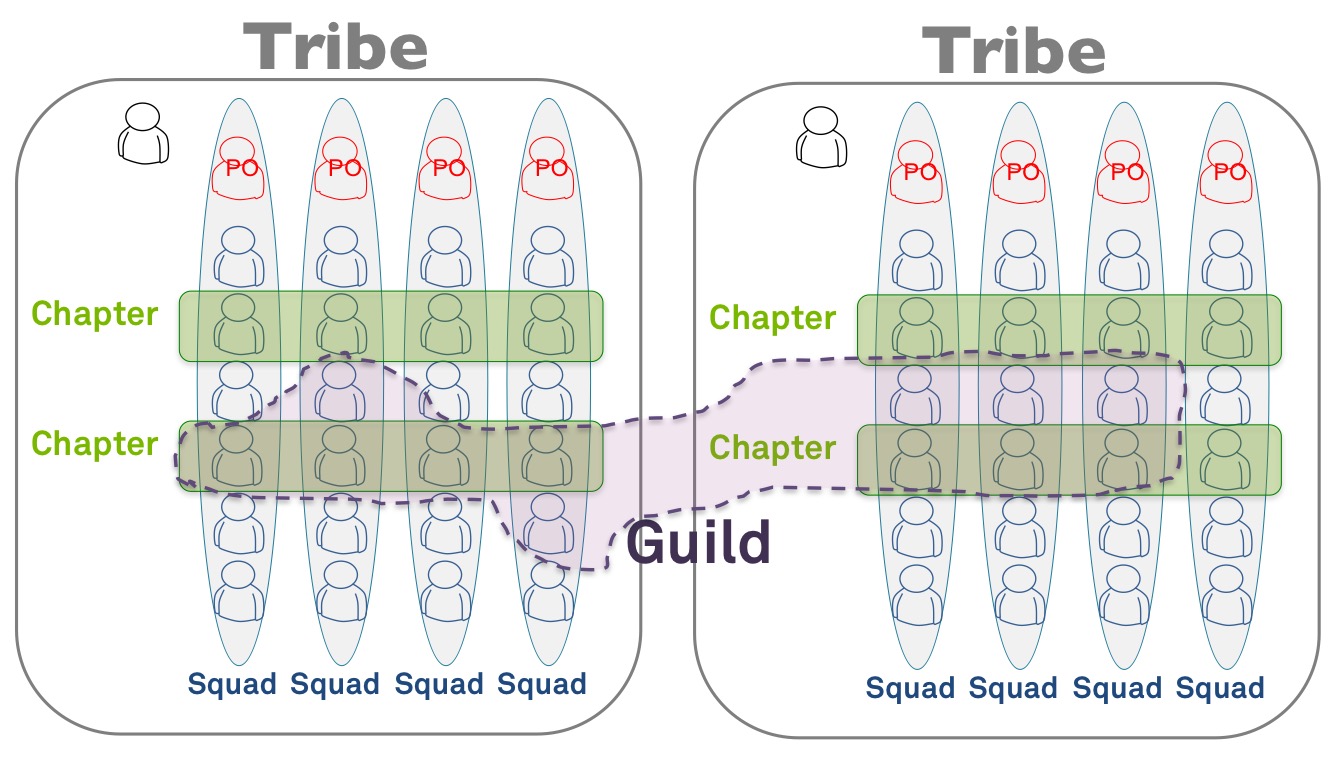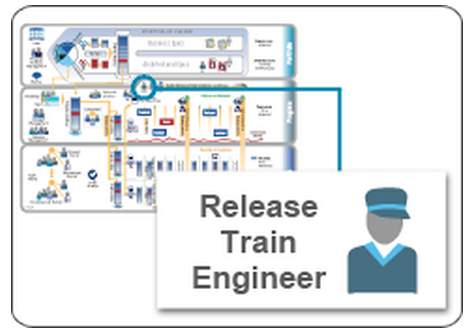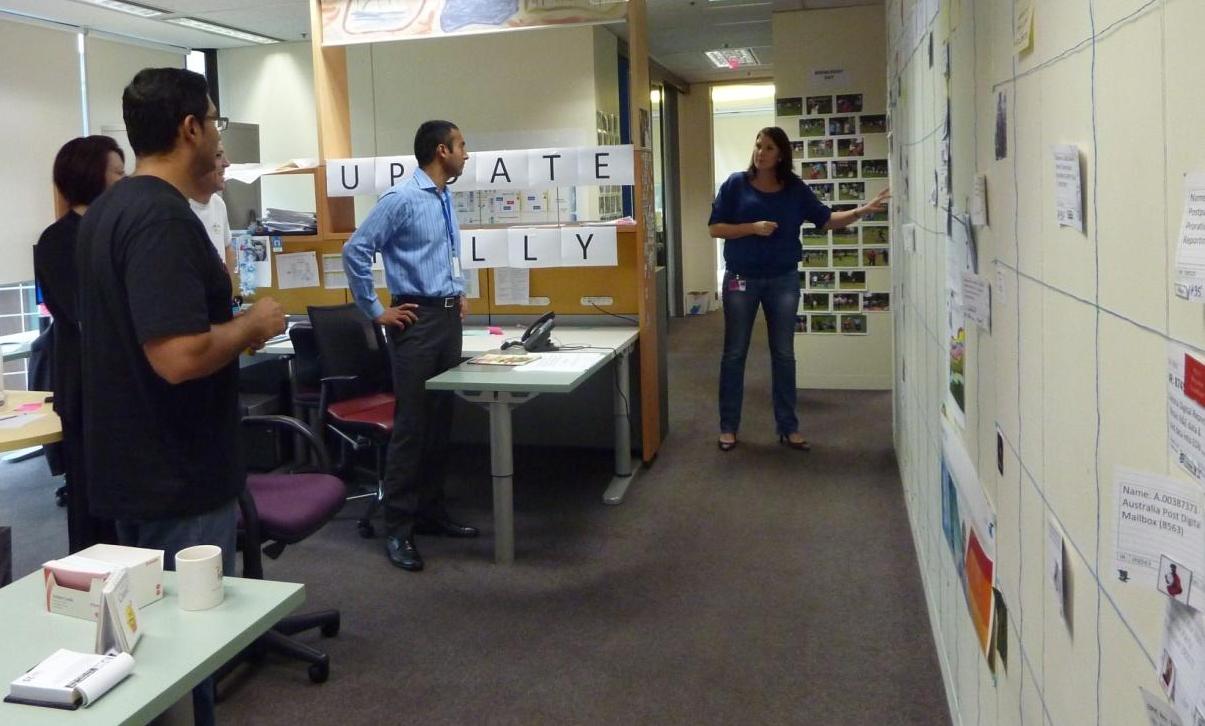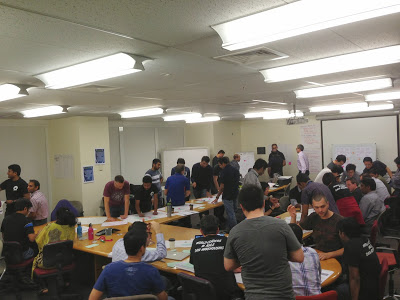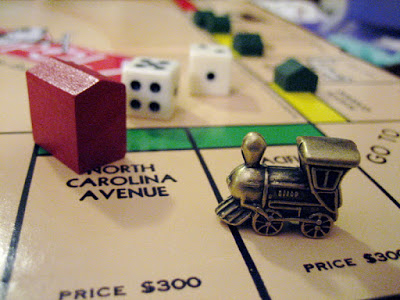- AI-Native Training
- SAFe Training
- Choose a Course
- Public Training Schedule
- SAFe Certifications
- Leading SAFe
- Implementing SAFe
- Advanced SAFe Practice Consultant
- Leading SAFe for Government
- SAFe Lean Portfolio Management
- SAFe Release Train Engineer
- SAFe for Hardware
- SAFe for Architects
- Agile Product Management
- SAFe Scrum Master
- Advanced Scrum Master
- SAFe DevOps
- SAFe Product Owner/Product Manager
- SAFe Agile Software Engineering
- SAFe for Teams
- SAFe Micro-credentials
- Agile HR Training
The Bubble Up Approach to Scaling Retrospectives
One of the many initiatives I am really passionate about within our EDW Release Train is the commitment of my extended leadership team to continuous improvement. However, we have had some challenges identifying the right targets to improve! Instinctively, it didn't seem like something that would be that hard. Surely if the train teams were experiencing pain in their everyday work, they would tell us - or so I thought!
I was under the impression we had broken down the communication barriers in our program-wide retro a few months into our first attempt at scaling agile. On that occasion, our coach facilitated two-hour sessions with each of the agile teams, consolidated the feedback, and worked through it with the program leadership. This retro was a significant turning point in our program. It brought to the surface a number of pain points impacting multiple teams and started the thought process that led to the formation of our Agile Release Train and our System Team. As it turned out, while this moment was significant, we had not advanced as far as I thought we had.
About six months ago, I was expressing my frustration (to pretty much anyone who would listen) that too few issues were bubbling to the surface across the release train. I was baffled. For the most part, our teams used a fairly generic format for retros where they split out their challenges into areas that were and were not within their control. Still, no one felt compelled to bring the leadership team the challenges outside their control for us to assist with. We tried asking every which way for the teams to input into our continuous improvement backlogs and let us try to help, but our pleas fell on deaf ears, until one day, one of our scrum masters, said: "There is no point. We tell you stuff and no one follows through".
Now that was confronting. I was genuinely taken aback. I thought we were open, transparent, servant leaders, and more importantly, I thought that was how the team saw us. It was time for a new approach...
And so the "Bubble Up" was born.
First, we aligned the end of iteration schedule across all the teams. We already used Wednesday afternoon for sprint demos, we just needed to clear the last hour of the day so that all teams had an hour scheduled at 4 pm for a retrospective. It took a few iterations, but eventually, the message sank in: "The iteration finishes at 4 pm on Wednesday!".The second step was to set up the "Bubble Up". It started as a 30-minute session at 5 pm on Wednesdays, immediately following the retros. Each team was asked to send a delegate with issues identified in the team retro that were outside the team's control. The Development Services Leader collected all the contributions, as is his way and created a new wall.
Iteration after iteration, we collected cards from the teams and put them up on the "Bubble Up" wall. Soon we had more problems than we knew what to do with! For a few weeks, my leadership team were in grave danger of proving the teams right - we weren't acting on the problems the teams had given us. But the information radiator did its job, and the mountain of cards (combined with a few questions from the teams) eventually spurred us into action. It took a bit of time, and a lot of perseverance, but once we proved we would listen and act on their pain, the teams started to bring us gold.
I got inspired to share this story following last week's "Bubble Up" at the recently named Bublé wall! I think there were 10 - 15 representatives there from across the development teams. Each team shared its challenges, and a little bit of magic happened, as the members of the other teams pitched in with solutions they had used to solve similar problems. There were still plenty of items that needed to be addressed by the leadership team or our specialist chapters, but that moment of teams supporting teams reminded me that our desired end state is a team of self-organising teams. And this week, at iteration 41, we inched another step forward toward this goal.
